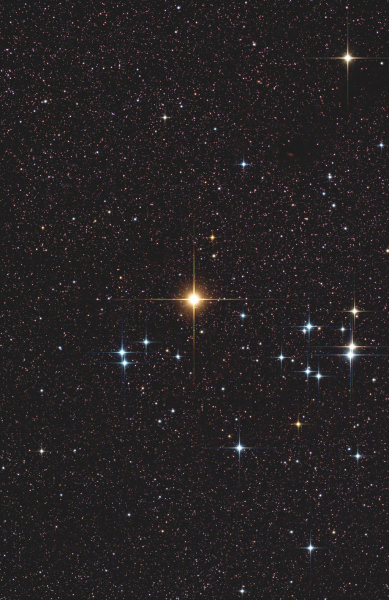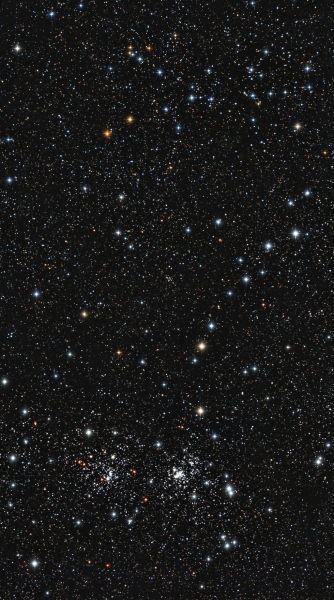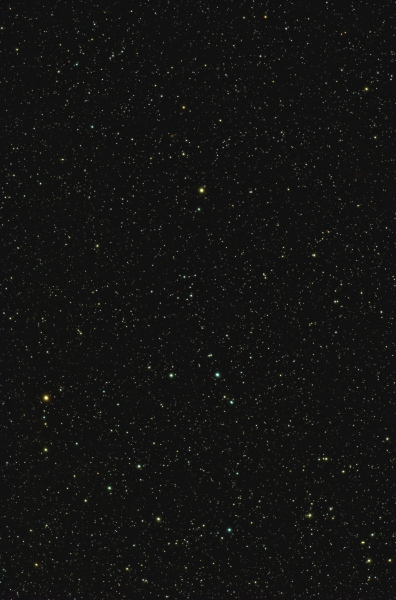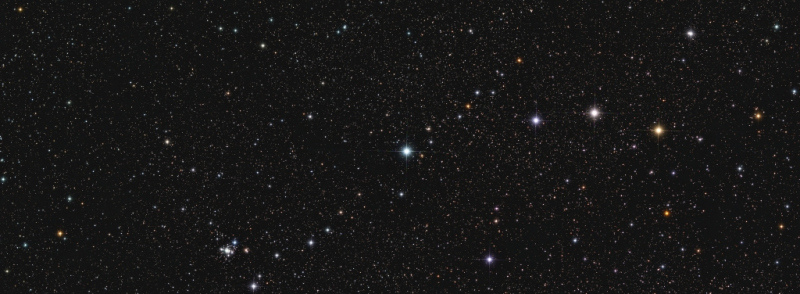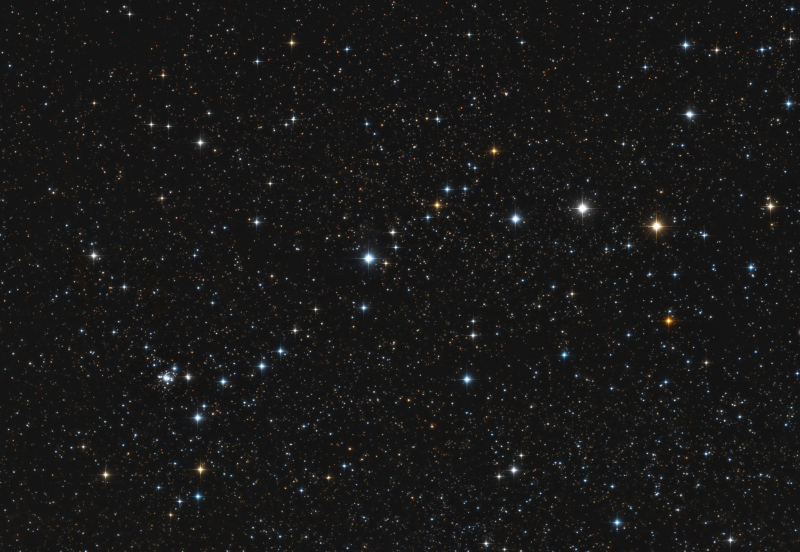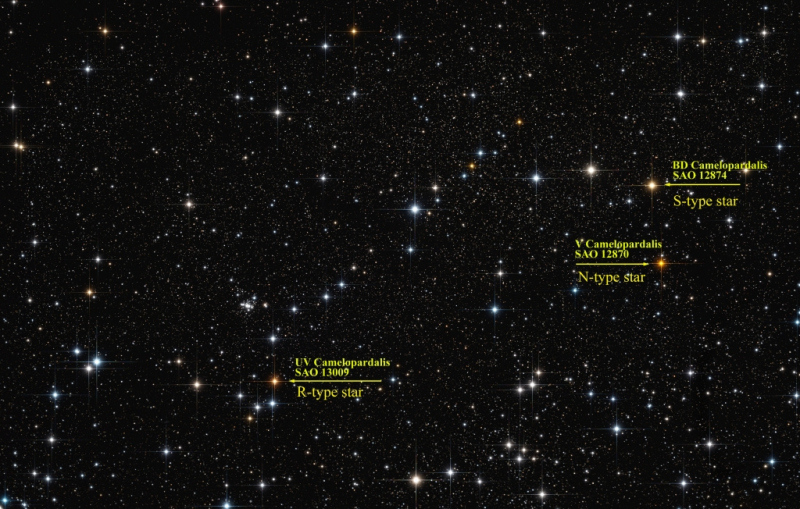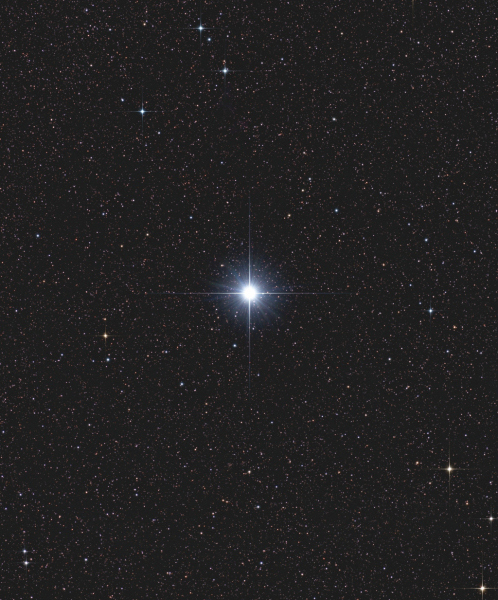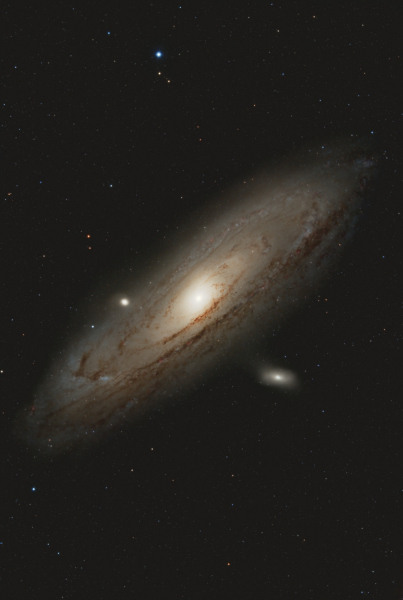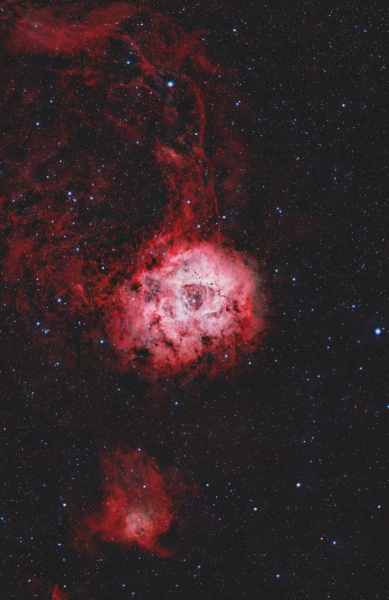Clear last night so I started setting up early so I could get some good imaging time in. The last tweak I needed to do was to get the two Canon 200mm lenses aligned to one another (perfectly) and then I was good to go. So after about half an hour I got them aligned, next was just focusing and then IMAGING TIME!
Last time I checked both lenses had the perfect 0, 0, 0 score in CCDInspector (zero pixel shift in X, zero pixel shift in Y, and zero pixel collimation). However, running CCDInspector last night one lens was still perfect (the one I hadn’t re-aligned) and the other lens was miles out! That’s strange, I haven’t seen a collimation shift by moving the whole lens assembly before. Never mind, I’ll just recollimate and get on with the imaging. So I altered the collimation on the offending lens and on re-checking CCDInspector things were not changing as I had expected. So I scrolled across the whole of the image to see if I could work out what was happening, and yes the whole of the right hand side was “off” – but there was also a pair of spikes across a bright star. Oh dear – the dome aperture was cutting across the lens and this is why the collimation looked bad. Also, I have now just wrecked the perfect collimation I had so now I have to waste good imaging time getting the collimation back again. Oh well stop whingeing and just get on with it. After about the 3rd collimation adjustment, the star I had been using for focusing now became too dim for FocusMax to do its stuff – yes, it was clouding over. O.K. I know when it’s time to give up, so I shut everything down. By the time I had shut up shop and got out of the observatory, it had cleared up again. Sometimes you just have to take the hint and go indoors and watch the TV in the warm.

